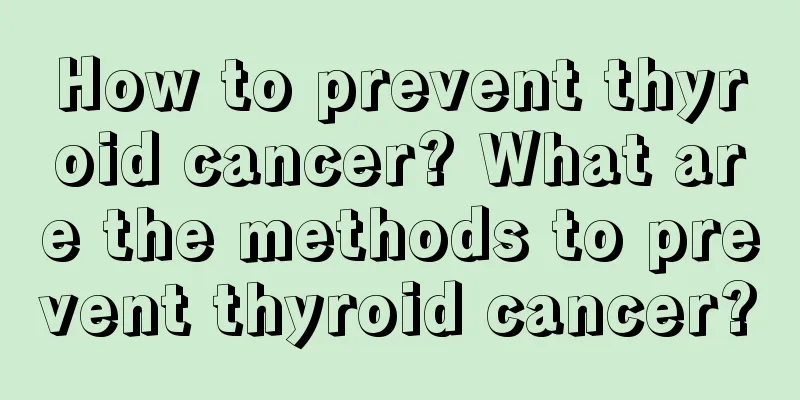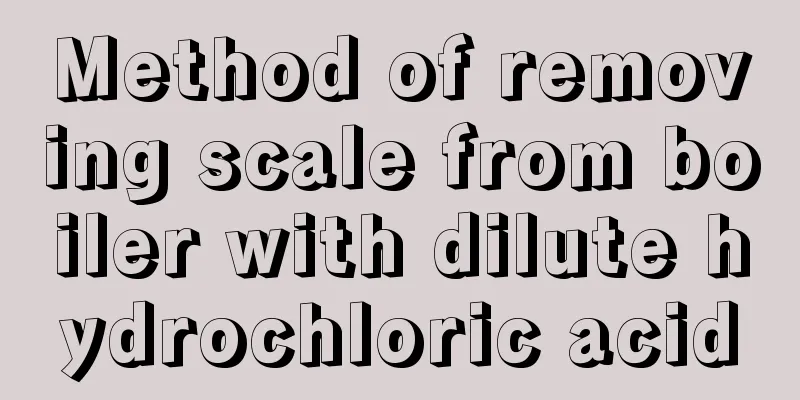How to do anti-tuberculosis quadruple therapy?

|
Tuberculosis is a very serious infectious disease in life, which has a very serious impact on the health of patients, because tuberculosis can weaken the patient's various functions, damage organ cells, etc. Currently, the anti-tuberculosis quadruple therapy is the most effective in treating tuberculosis and has relatively few side effects on the patient's body. Let's take a look at how the anti-tuberculosis quadruple therapy is performed. 1. Commonly used anti-tuberculosis drugs in modern times include rifampicin, isoniazid, ethambutol, pyrazinamide, and streptomycin. 2. Most patients have no reaction after taking the medicine. The stool, tears, urine or nasal discharge within four to six hours after taking the medicine will be orange-red, which is a normal phenomenon. However, if you have rash, fever, vomiting, tinnitus, blurred vision or any physical discomfort after treatment, you should consult a doctor immediately to determine whether the medicine needs to be adjusted. The following are possible reactions to commonly used anti-tuberculosis drugs: Rifampicin: hepatitis, bruising and subcutaneous bleeding, and cold-like symptoms. Isoniazid: Hepatitis, paralysis of hands or feet. Ethambutol: Decreased vision or discolored images. Pyrazinamide: hepatitis, arthralgia. Streptomycin: tinnitus, dizziness. 3. The treatment period is generally six to nine months, but it depends on the condition. For patients with chronic diseases such as diabetes, the treatment period may be extended. Tuberculosis medication is free, but liver protection drugs are not included. 4. Surgical treatment: Contraindications to surgical treatment include: active tuberculosis lesions in the bronchial mucosa that are not within the scope of resection; patients with poor general condition or obvious heart, lung, liver, and kidney dysfunction 5. Symptomatic treatment: Toxic symptoms of tuberculosis usually disappear within 1-2 weeks of effective anti-tuberculosis treatment and no special treatment is required. Sometimes the toxic symptoms are too severe or the pleural effusion cannot be absorbed quickly. In addition to the use of effective anti-tuberculosis drugs, glucocorticoids (commonly prednisone, 15-20 mg per day, orally in 3-4 times) can be added to reduce inflammation and allergic reactions, promote absorption of exudate, and reduce the formation of fibrous tissue and the occurrence of pleural adhesions. It must be used on the basis of effective anti-tuberculosis drug treatment. |
<<: How to stew chicken so it becomes soft
>>: What are the methods to deal with rotten meat
Recommend
What to eat to promote blood circulation
Blood viscosity leads to poor blood circulation. ...
What to do if there is no embryo in the early stage of pregnancy? Expectant mothers must remember
The early stages of pregnancy are a period of bot...
How to repair damaged nasal mucosa
The damaged nasal mucosa can be repaired by apply...
How long do testicular cancer patients have left to live
Testicular cancer has become the most common dise...
Who is prone to stomach cancer? These types of people should pay attention
Gastric cancer is a very serious disease, and the...
What to do if you are allergic to welding
If you don't know that you are allergic to el...
How serious is the harm of kidney cancer to the human body
How serious is the harm of kidney cancer to the h...
What is high LDL cholesterol and what are its dangers
Cholesterol includes high-density lipoprotein cho...
How many calories does persimmon have
Persimmon is a fruit that is not only sweet and d...
At what age does a baby start to learn to talk
Parents attach great importance to the skills the...
Will children inherit timidity from their parents?
A child's mind is like a blank sheet of paper...
How to detoxify the liver
From a traditional perspective, the liver detoxif...
What are the interventional treatments for advanced liver cancer? Four interventional treatments for advanced liver cancer
The currently recognized radical treatment method...
What are the dangers of flat warts? The consequences of flat warts
Flat warts are a viral skin disease that can occu...
What is the detailed process of in vitro fertilization?
Due to various reasons, some couples are always u...









